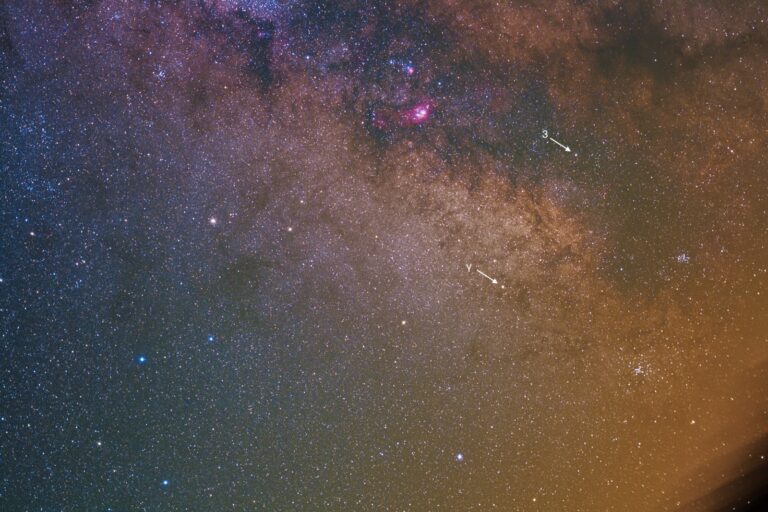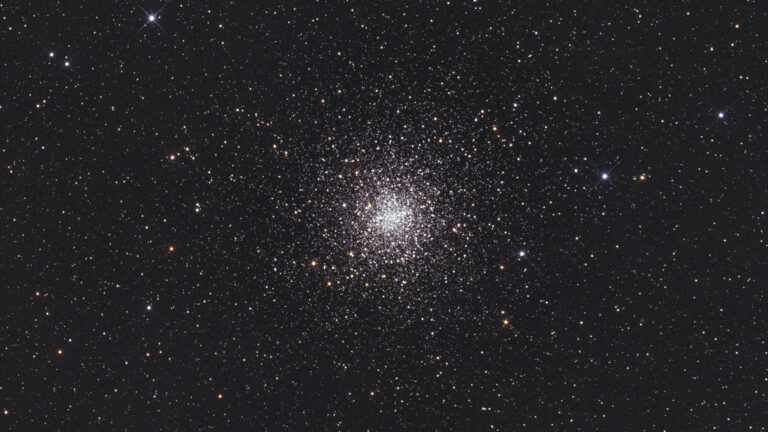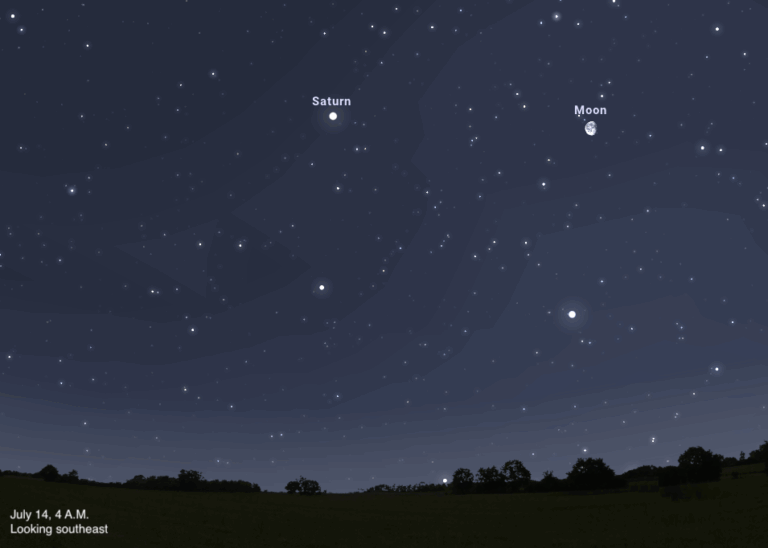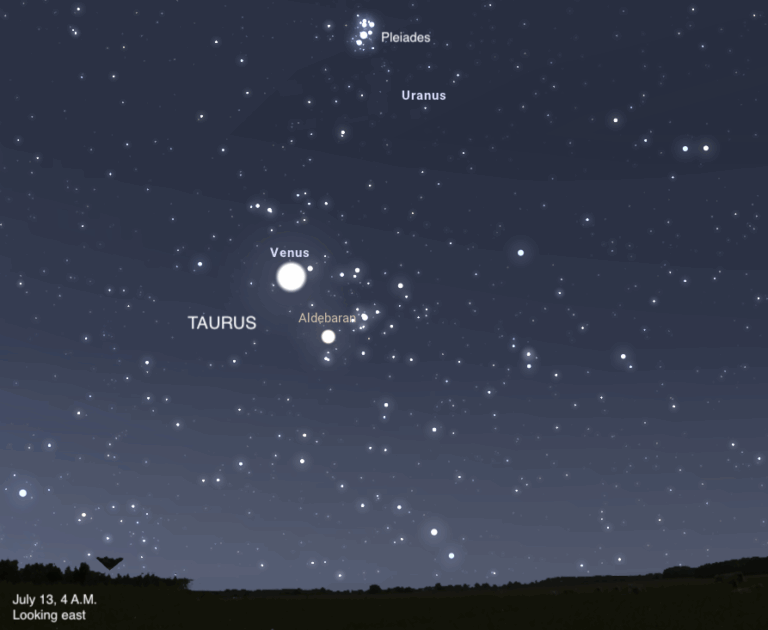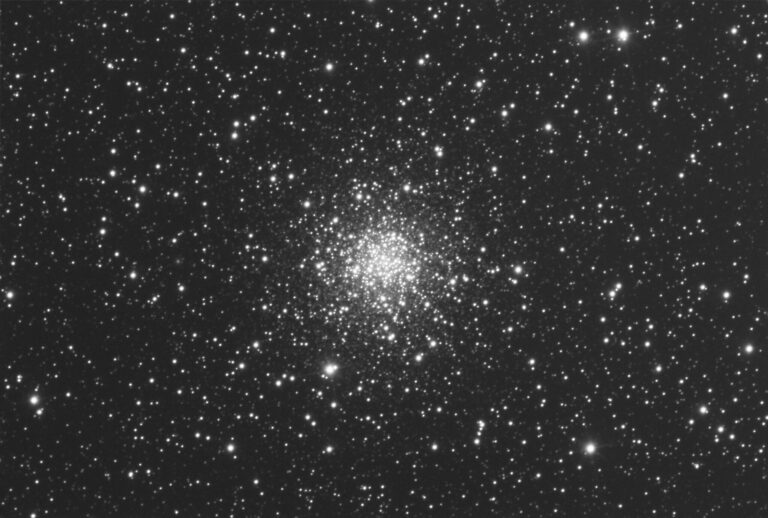
Key Takeaways:
Astronomy news
This week’s sky events
Astronomy basics
Glossary of astronomical terms
Return to Astronomy “For the media” page WAUKESHA, WI – The annual Perseid meteor shower is typically one of the year’s best. In 2006, this shower occurs with the Moon shining brightly. But while the number of visible meteors may be down a bit from previous years, viewers can still see the bright ones easily. The Perseid meteor shower is characterized by bright, fast meteors, many of which leave smoke trails visible for several seconds.
The Perseids will reach their activity peak around 6 P.M. EDT on Saturday, August 12th. This is a real plus for getting friends and family out to the show. How to watch the Perseids
August 12 isn’t the only date to observe Perseid meteors. This year, the shower will be active between about July 30 and August 25. Of course, fewer meteors will be visible further away from the August 12 peak.
Viewers need a clear, dark sky to see more than just a few Perseids. “Dark” means at least 40 miles from the lights of a large city. No telescope is required – in fact, the eyes alone work best.
Early in the evening August 12, set up a lawn chair, preferably one that reclines. Face east, and look a third to half of the way up in the sky. After the Moon rises, observers should adjust their chairs to face away from the Moon, and look generally overhead. When the Moon’s disk enters the field of view (around 2 A.M. local time), viewers should turn their chairs back to the east, and concentrate on an area of sky about halfway up. Glancing around won’t hurt anything.
Important items to remember when watching for shooting stars include bug spray, cookies, fruit, and a non-alcoholic beverage. Alcohol interferes with the eye’s dark-adaption as well as the visual perception of events.
How many Perseids will people see? This year, even with a bright Moon in the sky, expect to count between 20 and 30 meteors per hour.
For more information on meteors, visit Astronomy.com’s “Meteors and meteor showers.”
For more information, contact:
Matt Quandt
Public Relations Specialist
[t] 262.796.8776 x419
[e] [email protected]
August 8, 2006
Matt Quandt
Public Relations Specialist
[t] 262.796.8776 x419
[e] [email protected]
August 8, 2006
Astronomy offers publication-quality images below.


